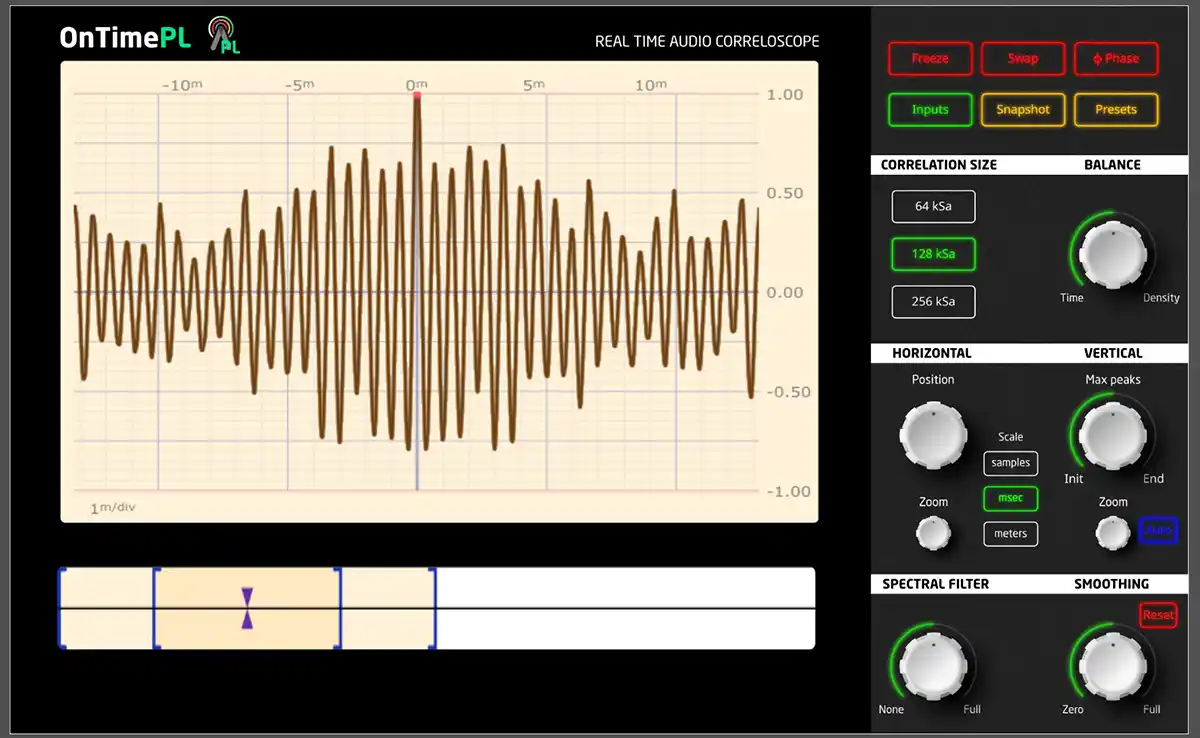Common Problems Caused by Audio Misalignment
Audio misalignment is one of the most frequent and destructive issues in music production. While many engineers focus on EQ, compression, and effects, timing problems between tracks can quietly ruin an otherwise great mix. Even small offsets in timing—measured in milliseconds or samples—are enough to cause phase issues, tonal shifts, and loss of clarity.
An audio misalignment occurs when two or more signals that should be synchronized arrive at different times. Instead of reinforcing each other, the signals interfere. This interference can lead to:
Using several microphones on the same source often introduces natural delays. A snare mic and an overhead, for example, capture the same hit at slightly different times. Without correction, the result can be thin drums that lack punch.
Analog gear and converters add latency. Even small values can push tracks
Linear-phase EQs, lookahead limiters, and certain virtual instruments introduce latency. While most DAWs attempt to compensate, the results are not always accurate, leaving some tracks slightly misaligned.
When combining material from different studios, small differences in system latency or clocking often result in tracks that do not line up perfectly. Misalignments of even a few milliseconds can change the feel of the groove.
Unlike clipping or distortion, misalignment problems are subtle. Engineers may only notice them when instruments lose weight, or when a mix sounds “flat” compared to references. This is why many mixes fail to translate well on other systems—misaligned elements weaken the overall impact.
Another reason audio misalignment is overlooked is reliance on DAW delay compensation. While useful, it does not account for every case, especially when external gear or complex routing is involved.
The first step is detection. Relying only on your ears can be tricky because small offsets may be masked by the arrangement. Practical detection methods include:
Once detected, misalignments can be corrected in several ways:
Audio misalignment is a silent mix killer. From subtle comb filtering to obvious doubling, timing problems can change the character of your sound in ways that EQ and compression cannot fix.
By understanding the causes, learning how to detect them, and applying corrective tools, you can eliminate misalignments and restore the clarity, punch, and energy that make a mix sound professional.
With OnTimePL, producers and engineers can detect misalignments in real time, measure exact latency, and correct it instantly—ensuring every track contributes to the mix instead of working against it.
What is audio misalignment in mixing?
Audio misalignment happens when signals that should be synchronized arrive at different times, causing phase issues, comb filtering, and timing errors.
How do I know if my tracks are misaligned?
Signs of misalignment include weak or hollow sound, loss of punch, and phase cancellations. Tools like OnTimePL can measure and detect timing offsets with precision.
Can my DAW fix audio misalignment automatically? DAWs include plugin delay compensation, but they do not always detect latency from external hardware, multiple microphones, or imported tracks.
How many milliseconds of delay cause audio misalignment? Even a difference of 1–2 ms can reduce clarity. Larger offsets of 10–20 ms can create audible doubling effects or make instruments feel out of sync.
What is comb filtering in audio misalignment? Comb filtering occurs when signals are misaligned by just a few samples, creating peaks and dips in the frequency spectrum. This changes the tone and color of the sound.
¿Cómo puedo corregir la desalineación de audio en mi mezcla?
How do I fix audio misalignment in my mix? You can manually align tracks, use delay adjustments, or apply phase alignment tools. The most reliable method is using a detection tool like OnTimePL to measure and correct timing precisely.
